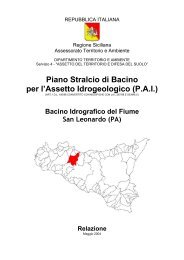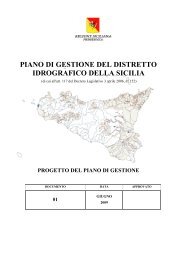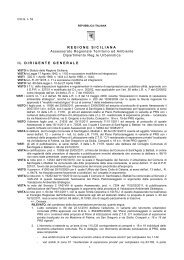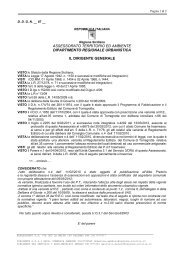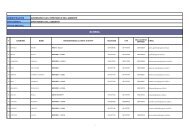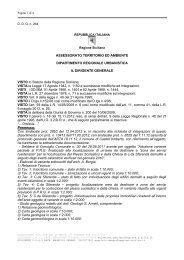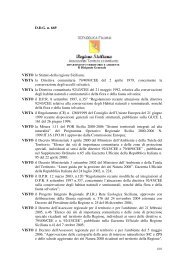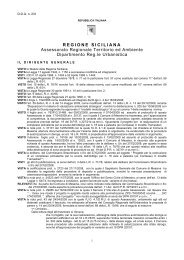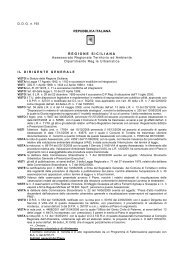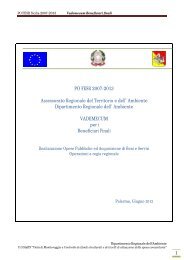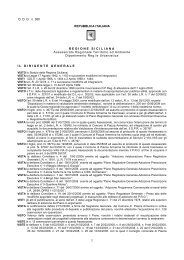NATURA 2000 - STANDARD DATA FORM
NATURA 2000 - STANDARD DATA FORM
NATURA 2000 - STANDARD DATA FORM
Create successful ePaper yourself
Turn your PDF publications into a flip-book with our unique Google optimized e-Paper software.
Min Max Pop. Con. Iso. Glo.<br />
Group: A = Amphibians, B = Birds, F = Fish, I = Invertebrates, M = Mammals, P = Plants, R = Reptiles<br />
S: in case that the data on species are sensitive and therefore have to be blocked for any public<br />
access enter: yes<br />
NP: in case that a species is no longer present in the site enter: x (optional)<br />
Type: p = permanent, r = reproducing, c = concentration, w = wintering (for plant and non-migratory<br />
species use permanent)<br />
Unit: i = individuals, p = pairs or other units according to the Standard list of population units and<br />
codes in accordance with Article 12 and 17 reporting (see reference portal)<br />
Abundance categories (Cat.): C = common, R = rare, V = very rare, P = present - to fill if data are<br />
deficient (DD) or in addition to population size information<br />
Data quality: G = 'Good' (e.g. based on surveys); M = 'Moderate' (e.g. based on partial data with<br />
some extrapolation); P = 'Poor' (e.g. rough estimation); VP = 'Very poor' (use this category only, if not<br />
even a rough estimation of the population size can be made, in this case the fields for population size<br />
can remain empty, but the field "Abundance categories" has to be filled in)<br />
3.3 Other important species of flora and fauna (optional)<br />
Species Population in the site Motivation<br />
Group CODE Scientific<br />
Name<br />
P<br />
P<br />
P<br />
I 1027<br />
P 1377<br />
Cymodocea<br />
nodosa<br />
Cystoseira<br />
amentacea<br />
Cystoseira<br />
brachycarpa<br />
Lithophaga<br />
lithophaga<br />
Phymatolithon<br />
calcareum<br />
S NP Size Unit Cat.<br />
Species<br />
Annex<br />
Other<br />
categories<br />
Min Max C|R|V|P IV V A B C D<br />
R X<br />
C X<br />
C X<br />
P X<br />
V X<br />
I 1028 Pinna nobilis P X<br />
P<br />
Posidonia<br />
oceanica<br />
R X<br />
Group: A = Amphibians, B = Birds, F = Fish, Fu = Fungi, I = Invertebrates, L = Lichens, M =<br />
Mammals, P = Plants, R = Reptiles<br />
CODE: for Birds, Annex IV and V species the code as provided in the reference portal should be used<br />
in addition to the scientific name<br />
S: in case that the data on species are sensitive and therefore have to be blocked for any public<br />
access enter: yes<br />
NP: in case that a species is no longer present in the site enter: x (optional)<br />
Unit: i = individuals, p = pairs or other units according to the standard list of population units and codes<br />
in accordance with Article 12 and 17 reporting, (see reference portal)<br />
Cat.: Abundance categories: C = common, R = rare, V = very rare, P = present<br />
Motivation categories: IV, V: Annex Species (Habitats Directive), A: National Red List data; B:<br />
Endemics; C: International Conventions; D: other reasons<br />
4. SITE DESCRIPTION<br />
4.1 General site character<br />
Back to top



